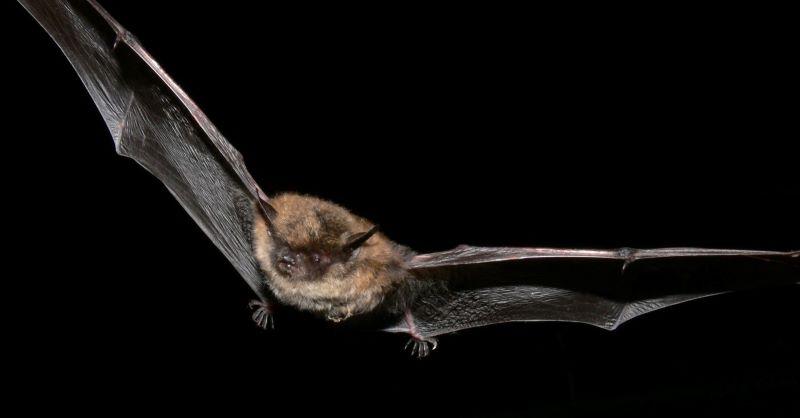
Breeding
Mating occurs in the autumn and a maternity colony is formed in the following spring. Pups are usually fully independent after two months.
Where do they live in the Forest?
Widespread in the Forest thanks to the 50 or so ponds and wetland habitat for them to forage.
Natural predators
Birds of prey such owls which are active at night when bats are flying.
Spotting tips
You are most likely to spot one flying at dusk between April and October, skimming the water’s surface for insects.
Not to be confused with
Bechstein’s bat, who also have pale undersides and pinky- coloured faces.
Conservation Status
Protected in the UK under the Wildlife and Countryside Act, 1981. European Protected Species under Annex IV of the European Habitats Directive.
How you can help
One of the biggest threats to all bat species is the loss and fragmentation of habitat. One way you could help is to become a Friend of the Forest and support our work creating and maintaining habitats for wildlife



